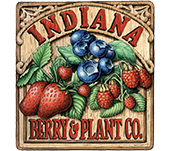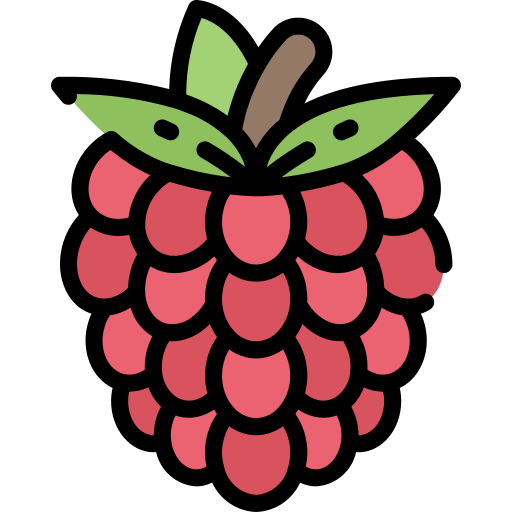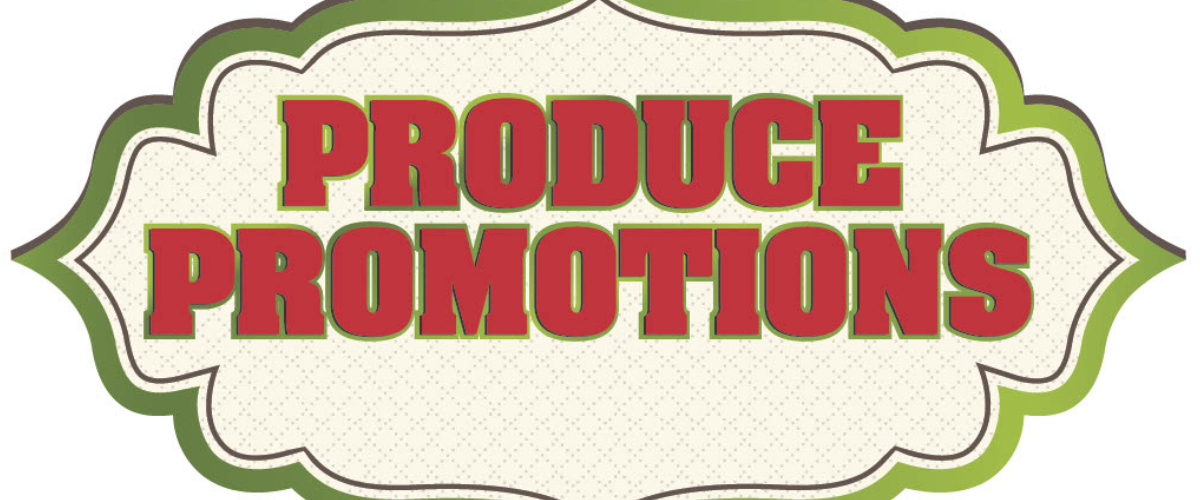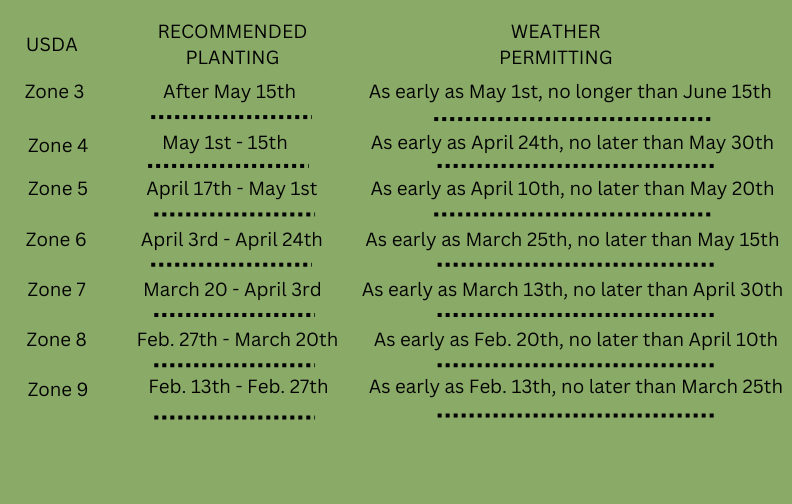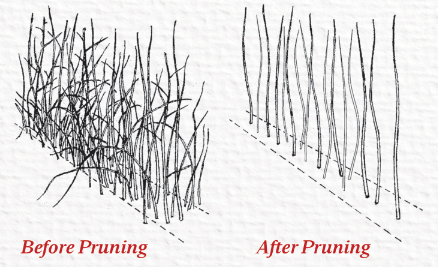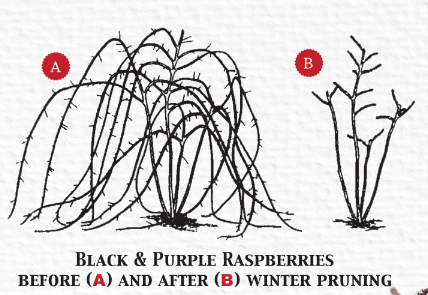Crimson Treasure Red Raspberry - Fall Everbearing
| Quantity | Price |
| 1-24 | $7.50 |
| 25-99 | $6.25 |
| 100 | $4.10 |
A fall-bearing raspberry with bright-red fruit that holds its color and texture well in storage. Very high-yielding with larger fruit than traditional varieties grown in the region. The well-known "Heritage" raspberry produces fruit of approximately 2.5 grams, while 'Crimson Treasure' produces berries twice as large.

